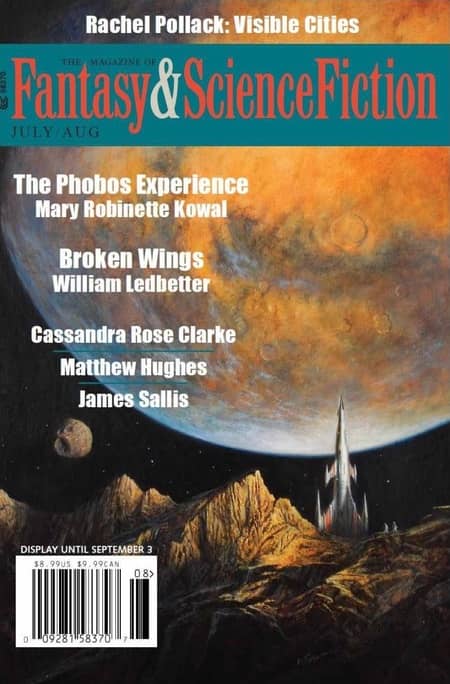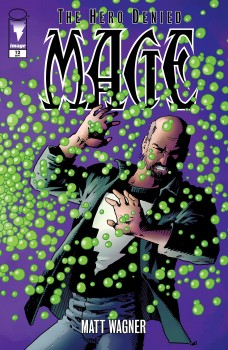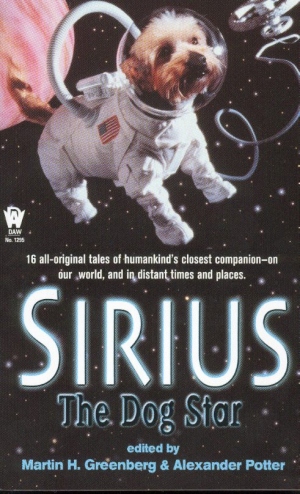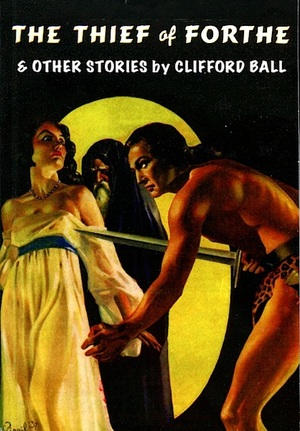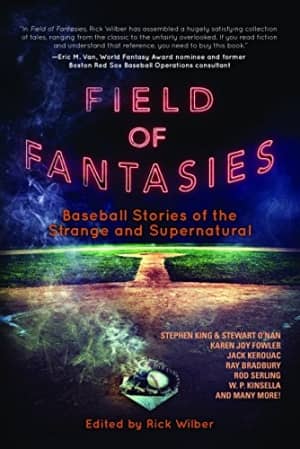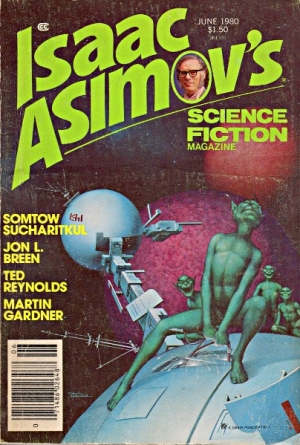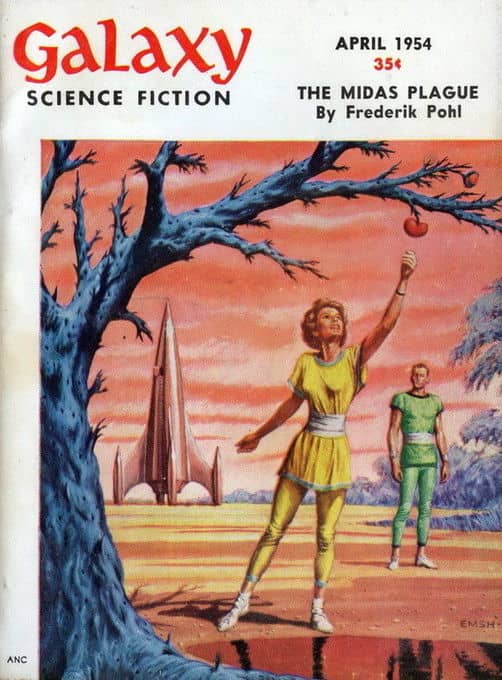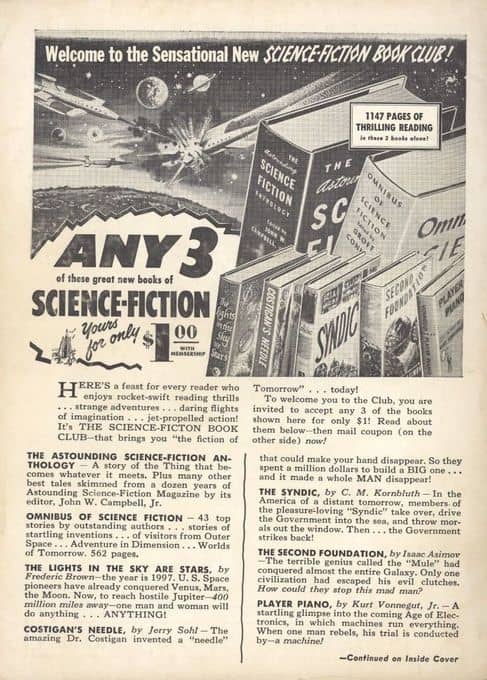Birthday Reviews: Michael G. Coney’s “The Byrds”
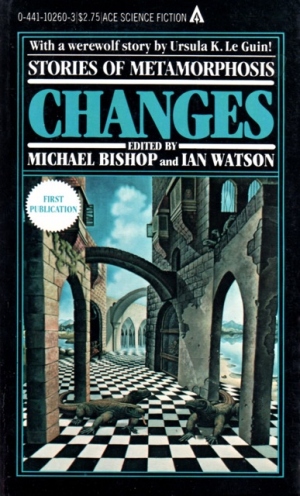
Michael G. Coney was born on September 28, 1932 and died on November 4, 2005.
Coney won the 1977 British SF Association Award for his novel Brontomek! and was also nominated in 1984 for his novel Cat Karina. In 1996, his story “Tea and Hamsters” made the ballot for the Nebula Award for Best Novelette and two of his stories, “Die, Lorelei” and “The Sharks of Pentreath” were nominated for Seiun Awards.
“The Byrds” first appeared in the 1983 anthology Changes, edited by Michael Bishop and Ian Watson. In 1985 Judith Merril selected it for inclusion in the inaugural volume of the Tesseracts anthology series of Canadian science fiction. Ursula K. Le Guin and Brian Attebery also included the story in The Norton Book of Science Fiction: North American Science Fiction, 1960-1990. The story appeared the following year in David G. Hartwell and Glenn Grant’s Northern Stars: The Anthology of Canadian Science Fiction. It made its most recent appearance in Mike Ashley’s The Mammoth Book of Awesome Comic Fantasy.
Michael Coney takes a look at mass hysteria in “The Byrds,” in which a Canada which is struggling with population problems sends out questionnaires to the elderly which encourage them to choose euthanasia. In one family, as Gran gets on in years, she refuses to kill herself and instead strips naked, paints herself like a bird, and straps on an anti-gravity belt before taking to the trees to the mortification of her family.
The family calls in a psychiatrist, Dr. Pratt, who seems more intent on writing papers, appearing on television, and generally making a name for himself than helping the family. As the word spreads about what Gran did, others begin doing the same and Gran becomes an unwilling and uncooperative guru for the movement following her lead.
